How to ventilate a room without windows
Knowing how to ventilate a room without windows is key to keeping air quality in the space healthy and preventing issues such as damp. We take a look at the best methods
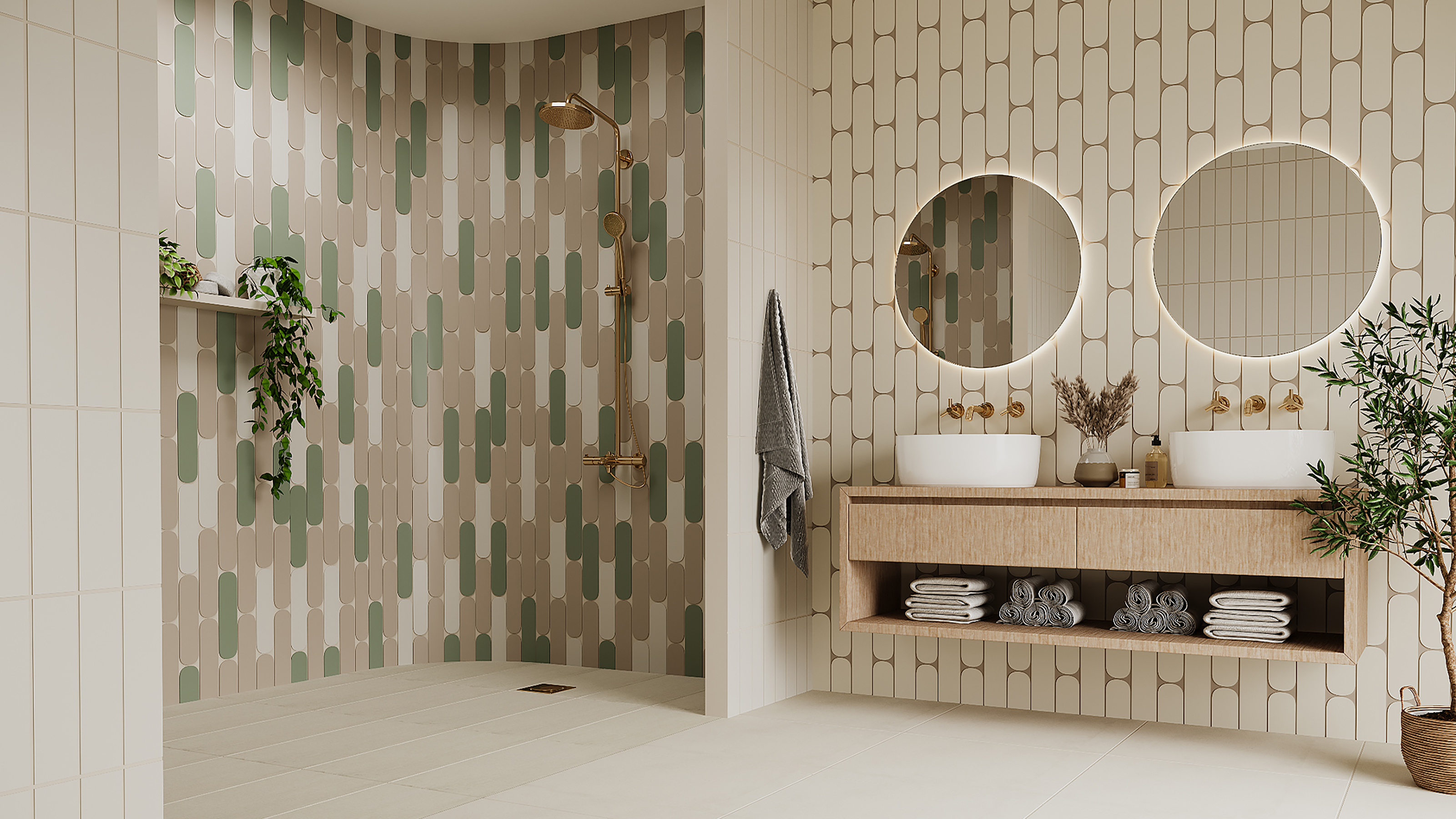
Understanding how to ventilate a room without windows is vital if your home has – or will have after an extension, remodel or some kind of conversion – any rooms without any openings to outside.
Good ventilation is essential, but without windows, it can be difficult to remove stale air from, and introduce fresh air into, a room — plus in hot weather, these spaces can become stuffy and suffer from overheating. When damp air is allowed to remain in a space – for example in bathrooms or the kitchen – problems such as mould and damp can also occur.
"Ventilating rooms without windows requires extra thought since many of these rooms won’t allow a through-the-wall fan installation since they won’t have access to an outside wall," says Natasha King RMI Product Manager, at Vent-Axia. "This means that ducted solutions are often needed, which require higher-pressure ventilation to move the air to where you want it."
While it isn’t hard to see the problems associated with windowless rooms, it can be tricker to know how to overcome them.
Here, we take a look at the best ways of ventilating a room without windows, from easy and cost-effective tricks, to more permanent and structural methods.
How to ventilate a room without windows: The best methods
There are actually quite a few different methods you can use to expel stale air and introduce fresh air to a room with no windows, but here we look at the most highly recommended as well as those that need not cost the earth. So, what are your best options?
- Install an extractor fan
- Invest in a dehumidifier
- Open doors
- Fit an air conditioning unit
- Borrow air from another room through a grille
- Install air bricks
- Fit a passive vent
- Consider MVHR
- Take a look at SRHR
What ventilation requirements are required by building regulations?
"Whichever ventilation option is chosen it is vital to ensure compliance with building regulations," says Vent-Axia's Natasha King. "Having internal doors that allow air flow through the dwelling by providing a minimum free area equivalent to a 10mm undercut in a 760mm wide door is required.
"If a habitable room does not contain windows, such as an internal room, it is possible to treat two habitable rooms as one for ventilation purposes," she continues. "In this instance the habitable room or conservatory should have openings to the outside to provide purge ventilation and background ventilation of at least 10,000mm2 as laid out in Part F of the Building Regulations.
"Between the rooms there should be a permanent opening based on 1/20 of the combined floor area. If the above is not possible (for example if you are not able to remove an internal door) then a simple fix would be to just leave doors open.
1. Install an extractor fan
This is one of the most common methods of providing ventilation in a space with no windows. Of course they are also useful in spaces that generate a lot of steam, moisture or odours — the best bathroom extractor fans can make a massive difference.
There are three main types of extractor fan. Axial are the most common and familiar. They are ducted to outside through a wall or the ceiling.
Centrifugal extractors are useful for rooms with no external walls. They work in a way that produces more pressure than axial fans and so can propel air through much longer duct runs — up to 50m in some cases.
The final option is inline fans. These are located in attic space, are great for when long distances of ducting are required — they have a really powerful extraction rate.
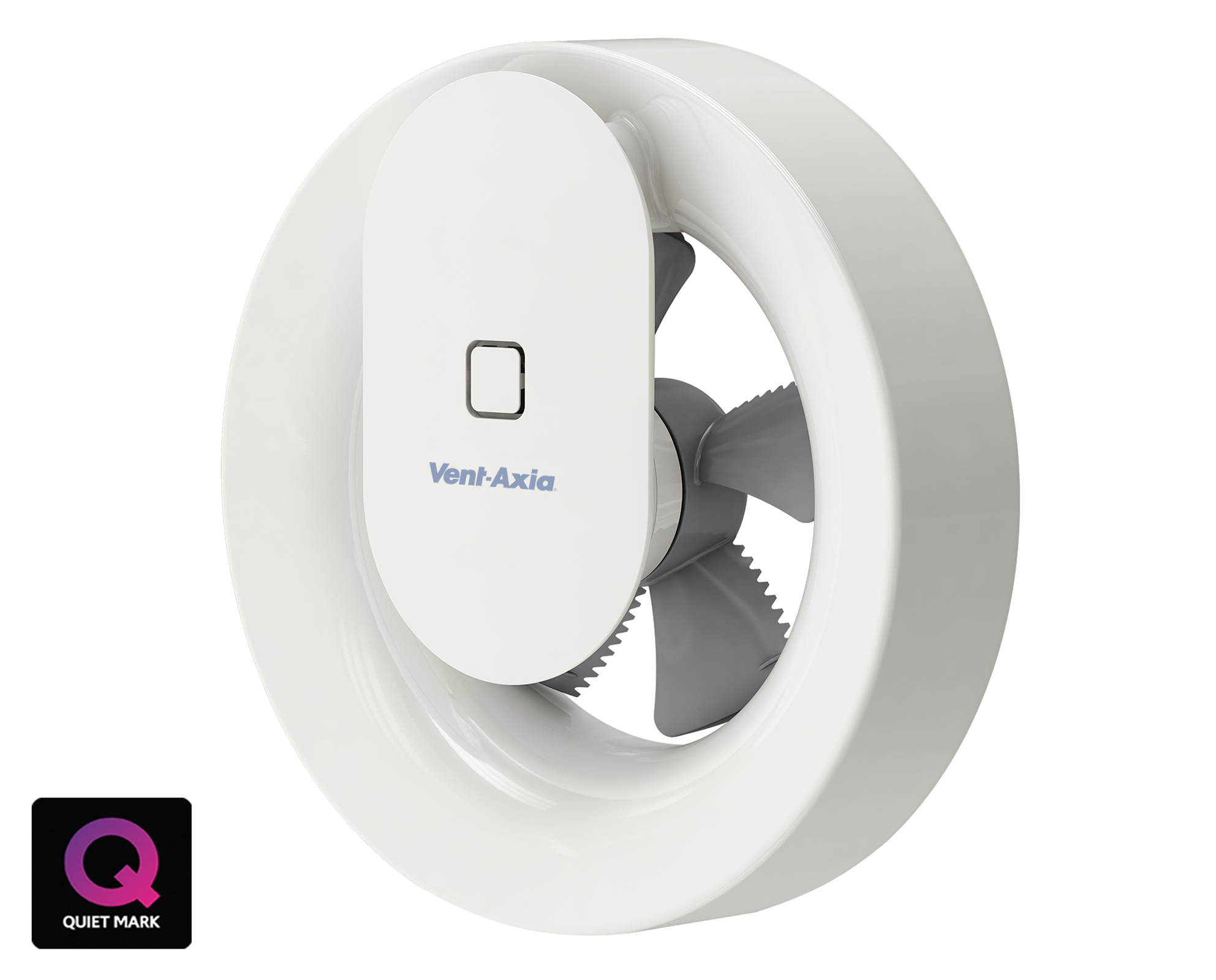
2. Install an air brick
If you are looking for solutions for a windowless room with an external wall or two, then an air brick could be a good way to introduce some fresh air. Although often used to ventilate the void under timber floors or introduced into rooms with a gas stove, for example, fitting an air brick to a room with no windows is a simple and inexpensive way to provide natural ventilation.
Air bricks come in many guises, including those made from clay, plastic and cast iron. A small section of wall will need to be removed to fit one and how effective they are at ventilating a space will depend on a number of factors.
"If there is no wind then the home may not be ventilated, and conversely if the wind is blowing hard then the home could be over ventilated," explains David Hilton, a renewables and ventilation installer, with over 35 years experience. "Air bricks can become blocked by dirt, debris or vegetation outside the room; or conversely, curtains or furniture inside the house."
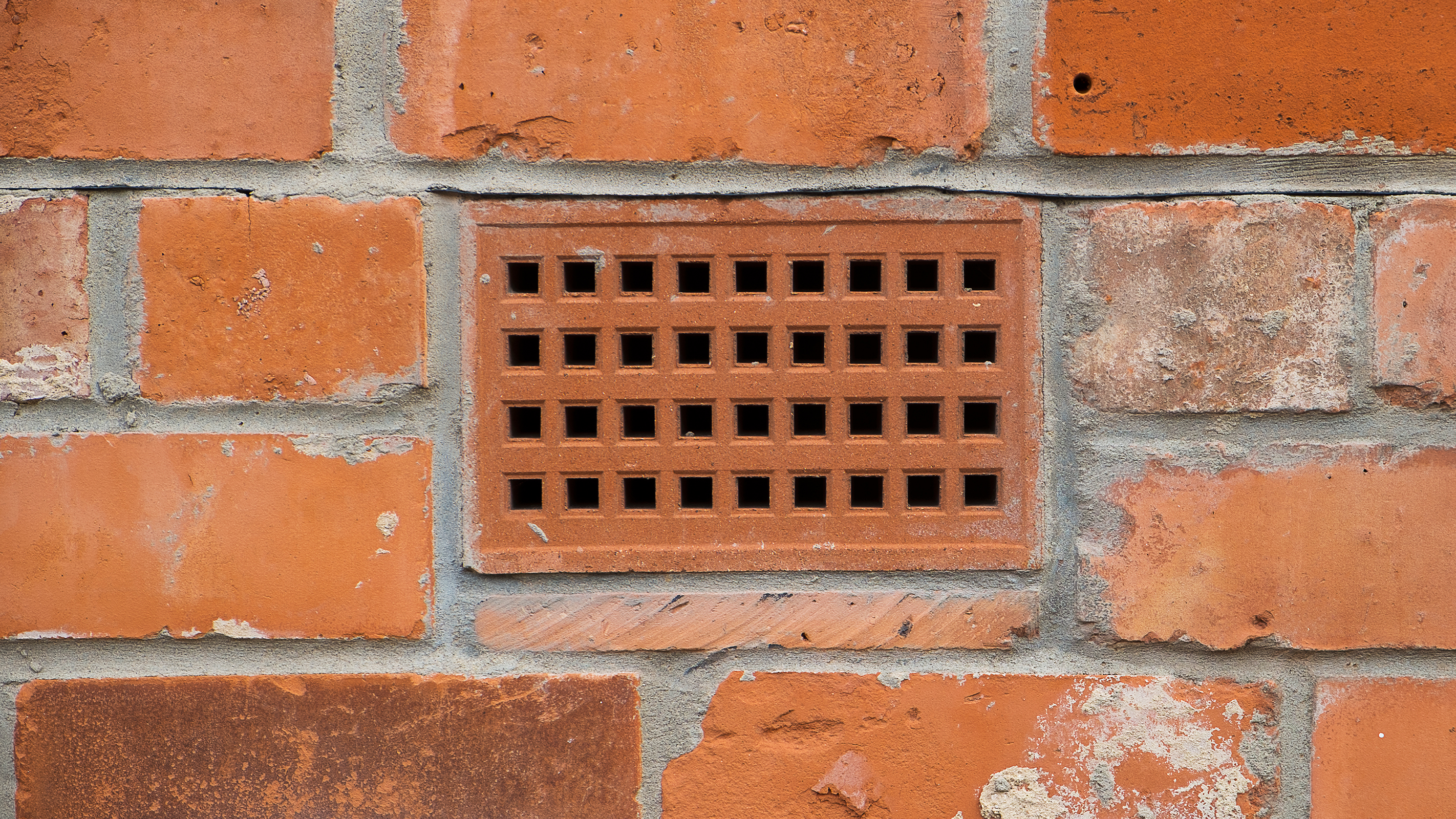
3. Invest in a dehumidifier
Usually considered by those wondering how to stop condensation and mould issues, introducing a dehumidifier into a room with no windows can be a good solution to many of the associated problems experienced in this kind of space, such as stale air and damp.
Dehumidifiers work by removing excess moisture from the air, but they also create a movement of air that will be missing in windowless spaces. There are two types of dehumidifier: compressor and desiccant.
Compressor dehumidifiers are the best type if your aim is to prevent damp and are best for use in areas with temperatures above 15˚C. They draw in air from the room, over two sets of coils. The first coil cools the air to create the condensation, which is collected into the water tank, the second warms the dry air back to just above room temperature, before pushing it back out into the room. This helps to create the dry air needed to combat condensation, mould and damp problems.
4. Open doors
If it sounds simple, it’s because it is — yet this is a very effective and completely cost free solution to the problems associated with windowless rooms. Keeping a door open to a room with windows means the windowless room can share in its natural ventilation.
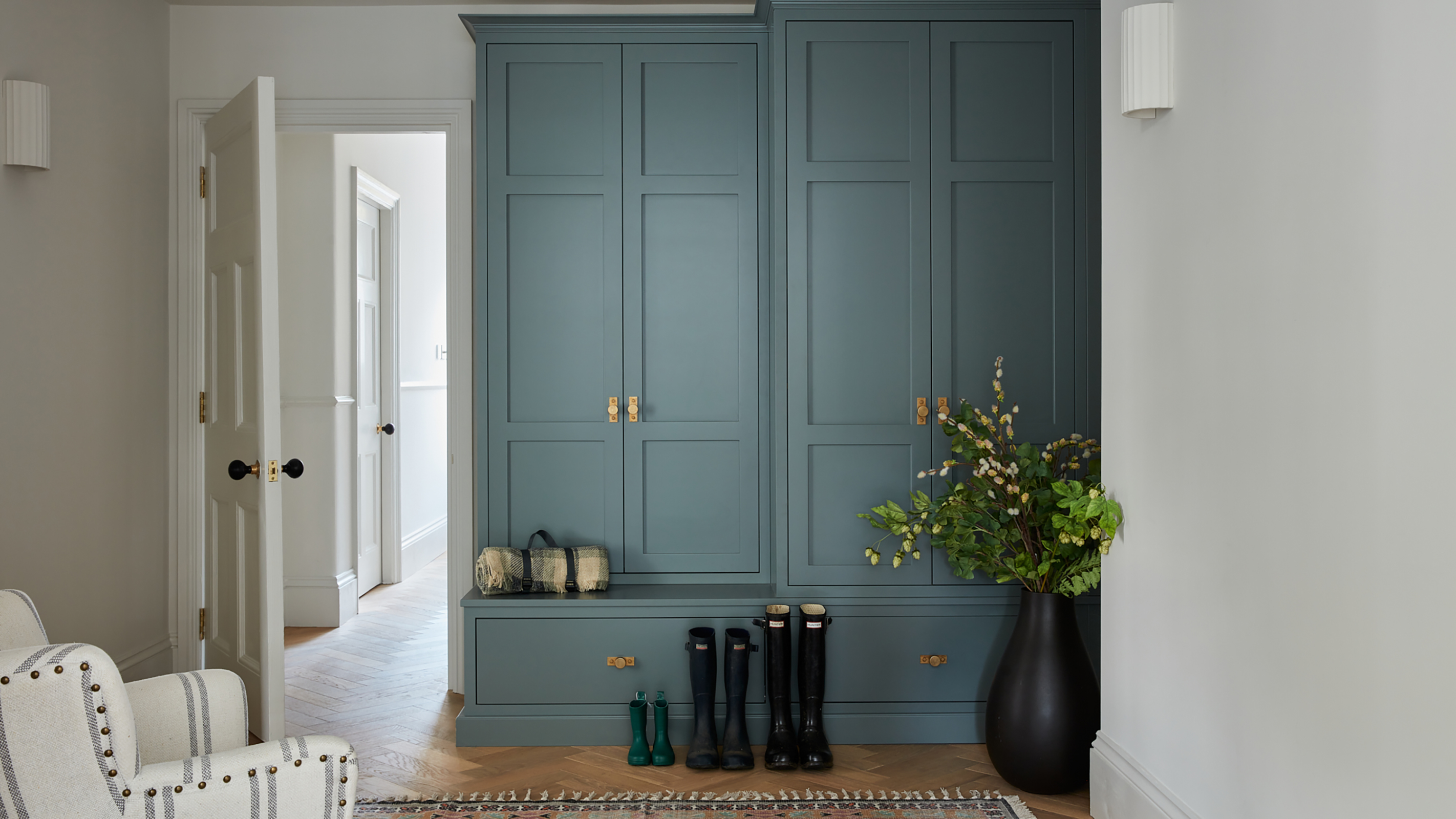
5. Fit an air conditioning unit
Although generally though of as a way of cooling a room down, air conditioning can also be used to help with ventilation.
There are many different types of air conditioners, although the most common types used in domestic settings tend to be portable air conditioners and split system units.
Portable air conditioners don't take up too much space and can be moved around when required. They can cool stuffy, warm and humid air, expelling it to outside before introducing cool, drier air back into the space.
Obviously portable units that are designed to be connected to a window won't be much good to those looking for ventilation solutions for room with no windows, but some models can be vented through walls.
A good alternative option could be a split system air conditioner.
"The simplest split systems will have one outdoor unit and one indoor unit," explains David Hilton. "This is known as a single room split air conditioning system and will typically cost from around £300 for the materials only, to around £1200 fully installed."
Although more expensive than portable air conditioning units, split systems are also quieter, more powerful and more energy efficient. In addition, some offer both heating and cooling — sometimes simultaneously.
5. Use Passive Vents
Passive vents are a method of natural ventilation. They are suitable for rooms with exterior walls and often feature louvres to offer a little control over the amount of air entering (or exiting) the room.
They work on the principle that when the temperature of the air in a room, and its humidity, are higher inside than outside, the moist air will naturally work its way outside due to differences in air vapour. They are also a good solution for those with mould or condensation issues.
Passive vents are fitted directly through the wall — with a vent either side and a central core running through the wall itself.
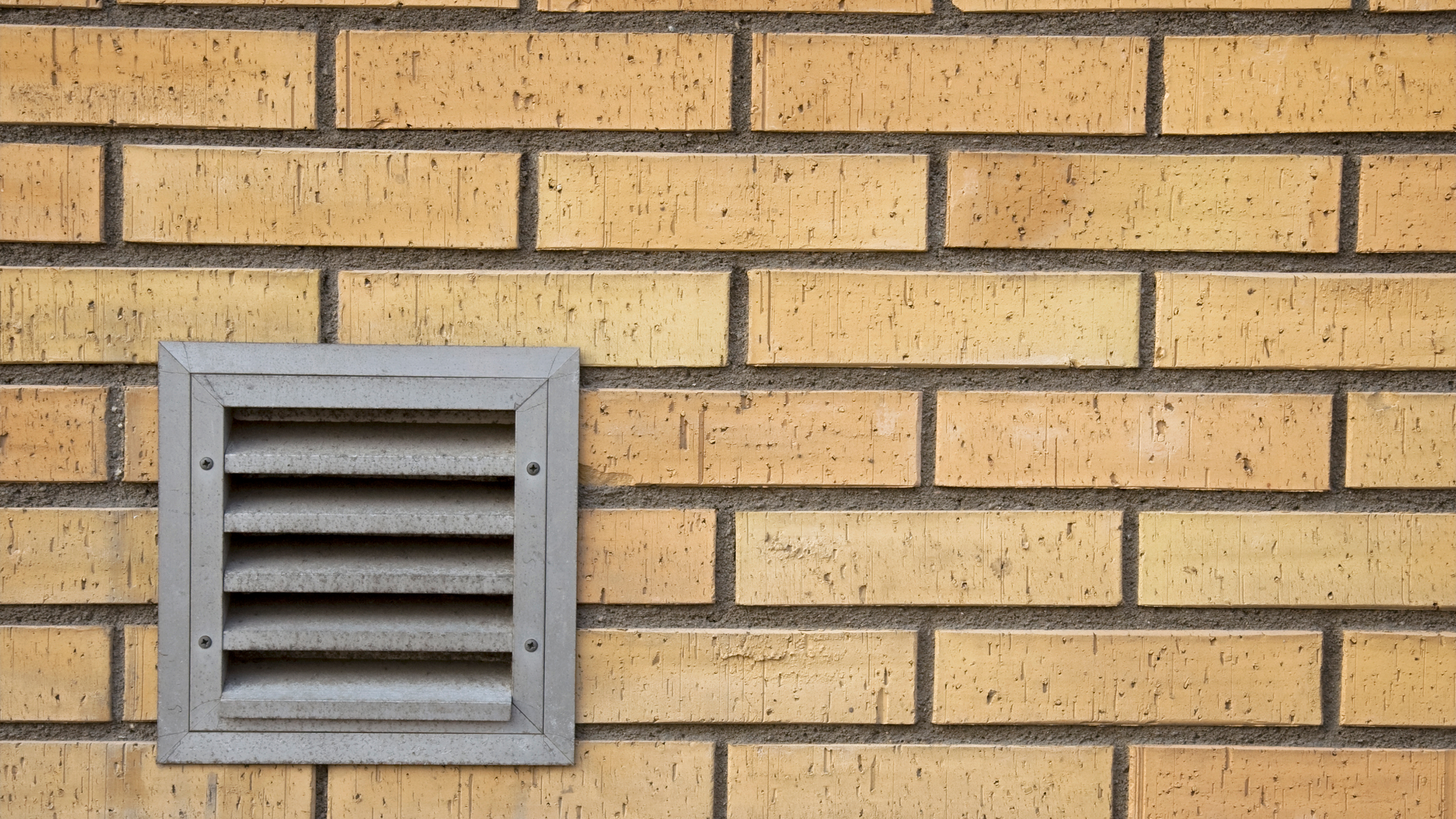
6. Borrow air from another room
If the room in question adjoins a space that enjoys a good source of ventilation, perhaps through a swathe of sliding doors or multiple windows, then why not take advantage of this by fitting an air grille in the wall between the two? This will allow you to share the fresh air between the two areas.
7. Consider MVHR
MVHR – Mechanical Ventilation with Heat Recovery – is another way to ventilate a space without windows, although this is a tricky solution to install for those after a retrofit method.
MVHR works by using two independent ducted airflows, each with its own fan.
"The extract fan extracts the stale, humid air from the wet rooms (bathrooms, kitchen, utility, etc)," explains Tim Pullen, expert in sustainable building methods and energy efficiency. "This stale air is then passed over a heat exchange matrix – where heat is ‘recovered’ – before it is discharged outside the house. The second fan draws fresh air from outside. It then filters it to get rid of pollution and airborne allergens, and then passes it over the heat exchange matrix in order to warm it.
"One of the key benefits of MVHR is improved air quality. Plus, the removal of pollution and airborne allergens, such as pollen, means such systems are highly beneficial for allergy suffers."
Due to the extensive ductwork required for these systems – as well as the fact that they work best in highly airtight homes – this is a method best suited to those self building or carrying out very extensive renovation work.
"A Decentralised Mechanical Ventilation (dMEV) system would only work if the ventilation of the windowless room was considered in the context of the ventilation for the whole property," says Natasha King. "It is a better option when a whole house is being refurbished. Here the whole property ventilation would need to be considered and modified to include the necessary number of dMEV or Mechanical Ventilation (MEV) systems to provide the correct airflow to comply with Part F of the Building Regulations. Something like Vent-Axia’s Lo-Carbon NBR dMEV C could be installed as part of the ventilation solution."
8. Take a look at SRHR in retrofit situations
Those looking for an alternative to MVHR for retrofit situations might like to consider fitting a Single Room Heat Recovery (SRHR) unit instead.
Just like MVHR, these extract stale air from a room, then use the heat taken from it to warm the fresh air coming in. Think of an SRHR unit as a heat exchanger extractor fan — perfect for one-room installations. Unlike standard extractor fans, these are designed to run continuously, 24 hours a day, on a low background trickle rate to provide constant high indoor air quality, control humidity levels and reduce the risk of condensation.
Get the Homebuilding & Renovating Newsletter
Bring your dream home to life with expert advice, how to guides and design inspiration. Sign up for our newsletter and get two free tickets to a Homebuilding & Renovating Show near you.
Natasha was Homebuilding & Renovating’s Associate Content Editor and was a member of the Homebuilding team for over two decades. In her role on Homebuilding & Renovating she imparted her knowledge on a wide range of renovation topics, from window condensation to renovating bathrooms, to removing walls and adding an extension. She continues to write for Homebuilding on these topics, and more. An experienced journalist and renovation expert, she also writes for a number of other homes titles, including Homes & Gardens and Ideal Homes. Over the years Natasha has renovated and carried out a side extension to a Victorian terrace. She is currently living in the rural Edwardian cottage she renovated and extended on a largely DIY basis, living on site for the duration of the project.

